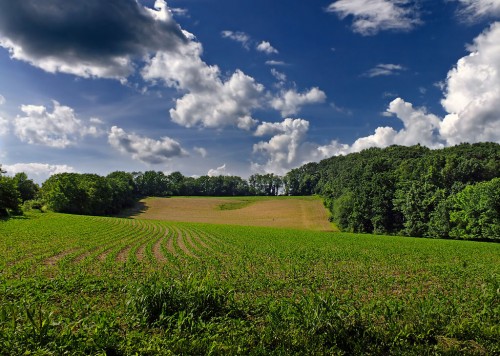By Nicholas A. Tonelli from Pennsylvania, USA
Winter cover crops are planted between harvested crops (Fall – Spring) and provide many benefits to agricultural fields including reduction in nitrate leaching, nitrogen fixation, increased organic matter, weed suppression and others. However, few farmers currently use winter cover crops. The objective of this lesson is to engage middle or high school students in active research that identifies winter cover crop species and phenotypes that would be beneficial for local farmers. Students sow several cover crop species / phenotypes in the fall, measure ground cover in early winter and make plant measurements (biomass, height, root characteristics) in May of the following year. Research results may be reported to local farmers as an educational activity.
At the conclusion of this lesson, students will be able to:
- Engage in constructive agroecology research activities
- Identify beneficial winter cover crop species or specific phenotypes of a species
- Create an educational brochure to inform farmers of their findings
Resources:
Lesson created by Brook Wilke

